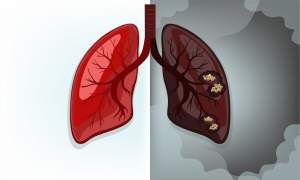When a cancer moves from its place of origin to a new location in the body, it’s known as metastatic cancer. For a patient or family whose loved one has just received this diagnosis, it can be devastating and hard to understand. At the most basic level, cancer develops when cells grow in an uncontrolled, abnormal way. They don’t function like normal cells. Rather, they interfere with the normal functioning of the body. Cancer develops as a result of a mutation in a person’s DNA. Often, the mutation is a result of the normal process of aging, but it can also be due to unhealthy habits like smoking or exposure to harmful fumes or gases. A cancer typically metastasizes, or grows into a different location, in the later stages of the disease.





